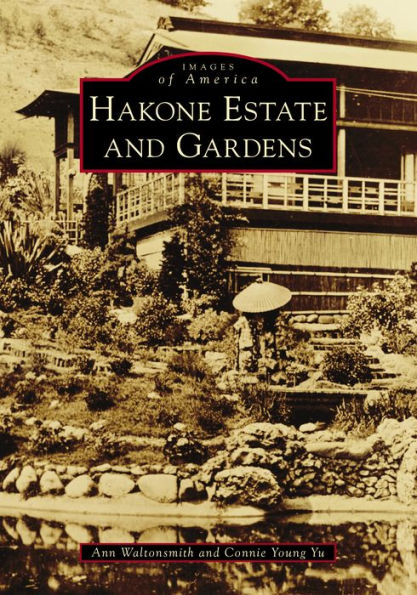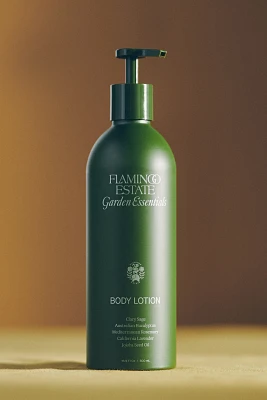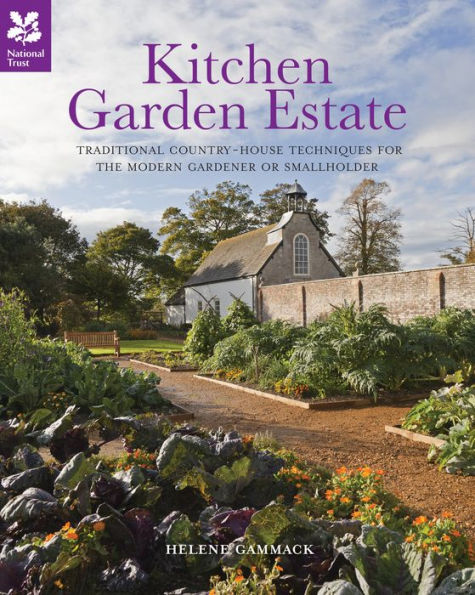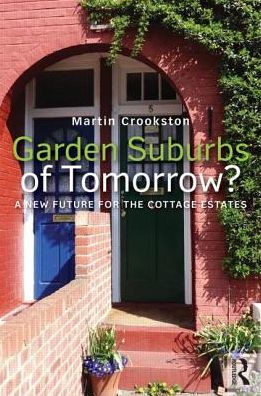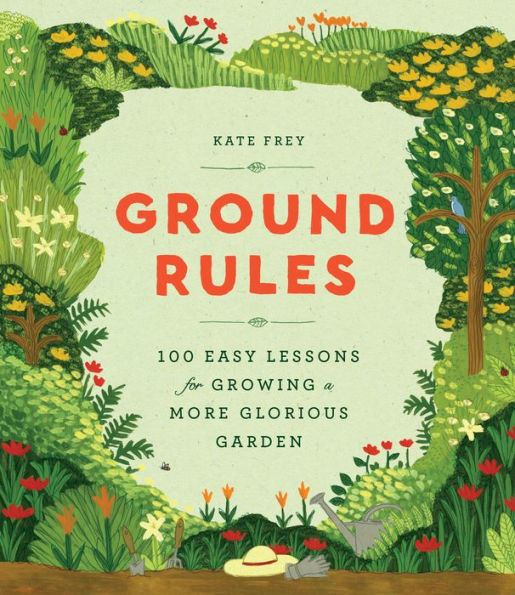Home
The Biltmore Estate: Gardens and Grounds
Barnes and Noble
The Biltmore Estate: Gardens and Grounds
Current price: $24.99
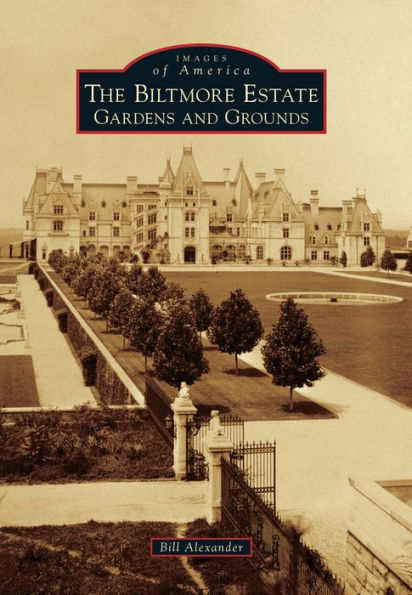

Barnes and Noble
The Biltmore Estate: Gardens and Grounds
Current price: $24.99
Size: OS
Loading Inventory...
*Product information may vary - to confirm product availability, pricing, shipping and return information please contact Barnes and Noble
Hundreds of ornately decorated rooms, gardens and greenery and moreWalk through the history of the Biltmore Estate, one of America's many displays of personal wealth and decadence.
In the spring of 1888, George Washington Vanderbilt returned to New York after spending weeks exploring the countryside near Asheville, North Carolina. Thinking it was the perfect place to build his home, Vanderbilt promptly sent his agent to begin quietly buying contiguous tracts of land until he had several thousand acres. Soon, he began constructing what would become America's largest private residence. He commissioned two of America's preeminent designers, architect Richard Morris Hunt and landscape architect Frederick Law Olmsted, to collaborate with him in planning his estate, which he named Biltmore. To complement the 250-room French Renaissance-style chateau, Olmsted worked closely with Hunt to create a vast landscape of pleasure gardens and grounds with miles of scenic drives through parklands, productive farms, and the country's first scientifically managed forest. Today, Biltmore is a National Historic Landmark privately owned by Vanderbilt's descendants.
In the spring of 1888, George Washington Vanderbilt returned to New York after spending weeks exploring the countryside near Asheville, North Carolina. Thinking it was the perfect place to build his home, Vanderbilt promptly sent his agent to begin quietly buying contiguous tracts of land until he had several thousand acres. Soon, he began constructing what would become America's largest private residence. He commissioned two of America's preeminent designers, architect Richard Morris Hunt and landscape architect Frederick Law Olmsted, to collaborate with him in planning his estate, which he named Biltmore. To complement the 250-room French Renaissance-style chateau, Olmsted worked closely with Hunt to create a vast landscape of pleasure gardens and grounds with miles of scenic drives through parklands, productive farms, and the country's first scientifically managed forest. Today, Biltmore is a National Historic Landmark privately owned by Vanderbilt's descendants.
